Introduction
The Pigging Ball is made of corrosion-resistant neoprene rubber. It can remove wax and rust in the tube. There are two kinds of hollow ball and solid ball. The pig ball with DN > 100mm is hollow. Use a solid ball when the pipe diameter is less than 100mm. The thickness of the hollow ball wall should be one-tenth of the transmission pipe’s inner diameter. Equip the hollow ball with an air nozzle and fill the hollow ball with water.
The ball should be filled with an antifreeze solution (such as ethylene glycol) to prevent freezing in winter. The pigging ball must have certain sealing properties when running in the pipeline. Therefore, the outside diameter of the ball should be greater than the inside diameter of the transmission pipe.
The difference between the outside diameter of the ball and the inside diameter of the tube is called interference. The Pigging Ball is 2% of the inner diameter of the tube when the ball is not filled with water, and 3%-5% when the ball is filled with water. So that the ball can be close to the wall of the tube without leakage of air and liquid. The main purpose of the pigging ball is to remove the accumulated liquid in the pipe and the separating medium and the effect of removing blocky objects is poor. It cannot carry detection instruments directionally, nor can it be used as a traction tool for them.
Advantages & Disadvantages
Advantages:
1, large torque.
2, oil resistance, acid, and alkali resistance, aging resistance, high-temperature resistance, long service life, etc.
It brings great convenience and benefits to the design, construction, production, and maintenance of pipeline engineering.
Cons:
It is also difficult to install test instruments on the sphere.
Working Principle
The working principle of the pigging ball is simple and easy to understand. It uses external force to push itself through the pipe and wipes the pipe wall during its movement to prevent the pipe from being blocked by dirt and sediment. It also ensures that the pipe remains unimpeded by pushing the dirt out.
The working principle of the pigging ball mainly operates through the following steps:
Movement of the pig ball: As soon as you insert the pig ball into the pipe, it starts moving along the pipe’s direction by using an external force, such as airflow or water flow.
Clean the pipe wall: The pig ball is covered with a layer of soft brushes or rubber material. As the pig ball moves, it makes contact with the pipe wall. The friction between the brushes or rubber and the pipe walls removes dirt, sediment, and contaminants from inside the pipe.
Remove dirt: As the pig ball moves, the brushes or rubber materials it carries push the dislodged dirt, sediment, and pollutants towards the pipe’s outlet. When the pigging ball reaches the outlet, it expels the dirt from the pipe, effectively cleaning the pipe.
The Necessary of Pipe Pigging
The transportation efficiency and service life of gas pipelines largely depend on the cleanliness of the inner wall and interior of the pipelines. Substances harmful to temperament and pipelines: such as condensate, water, sulfur content, mechanical impurities, etc. These substances enter the gas pipeline and cause corrosion of the inner wall of the pipeline. It also increases the wall roughness. In addition, the accumulation of large amounts of water and corrosion products will partially block and reduce the flow section of the pipeline. Atmospheric conditions can also cause rust in uncoated pipes during construction. And inevitably there are some welding slag soil, stone and other harmful items left in the pipeline. After the pipeline water pressure test, it is difficult to drain the water completely by simply using the pipeline height difference opening.
Process of Pigging
To solve the above problems, it is very necessary to clean the interior and inner wall of the pipeline, so the pigging process has always been an important process measure for pipeline construction and production management. The purpose of pigging can be summarized in the following four aspects:
(1) Remove liquid accumulation and debris (dust) in the pipe, reduce friction loss, and improve the transmission efficiency of the pipeline
(2) Avoid water accumulation in low-lying places (because the fluctuation of water not only accelerates electrochemical corrosion due to the presence of electrolyte but also produces mechanical erosion to thin the pipe wall, resulting in corrosion rupture)
(3) Sweep away the sediment and corrosion products of the pipe wall, so that there is no additional corrosion electrode, and reduce the corrosion under the scale
Pipeline Inspection
For many new uses such as pipeline inspection
1 Sizing:
Cooperate with pig detection and positioning instruments to detect pipe diameter deviations greater than those specified in design, construction or production;
2 Diameter, thickness and leak detection:
In conjunction with measuring instruments or as a traction tool for these instruments, through the interior of the pipe, to detect and record the condition of the pipe;
3 Perfusion and delivery of pressure test water:
To avoid leaving bubbles at the high point of the pipeline, the stability of the shadow test pressure, sending a pig in front of the water column can remove the air in the pipe;
4 Dividing tube media:
When natural gas replaces the air in the tube, or when testing the pressure of water or natural gas in the tube with air, the pig separates the two media. This separation prevents the formation of an explosive mixture, reduces the emission loss of combustible gas, and improves work efficiency.
5 Apply corrosion inhibitor and epoxy resin coating on the inner wall of the pipeline:
One pig can push the liquid corrosion inhibitor, or two pigs can carry it. As it moves along the line, the pig paints the inner wall of the pipe.
The application of the inner coating of epoxy resin is complex. It involves cleaning the inner wall of the pipeline, chemically treating it, applying the epoxy coating, and carrying out coating quality control and inspection. Special pigs perform all these processes.



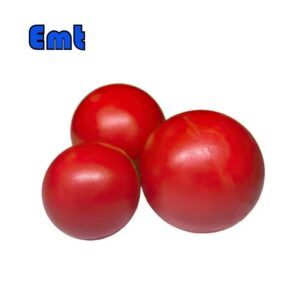
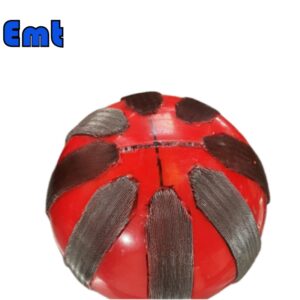
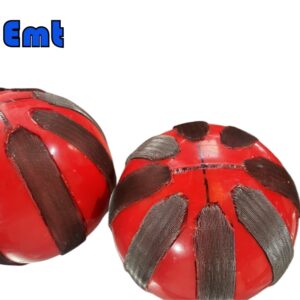
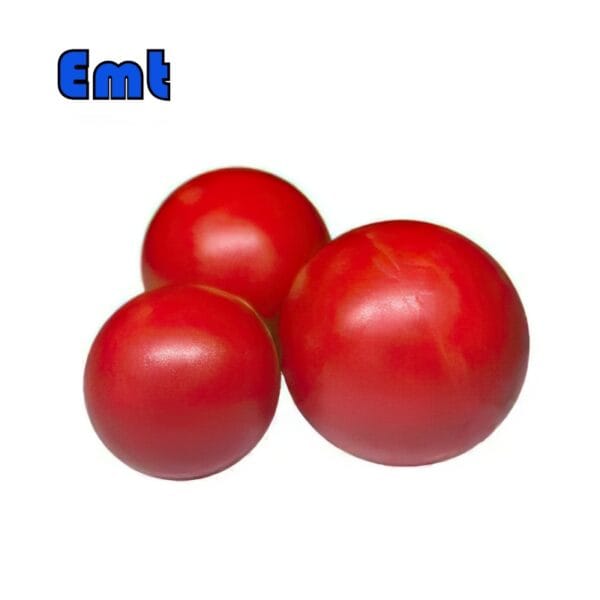
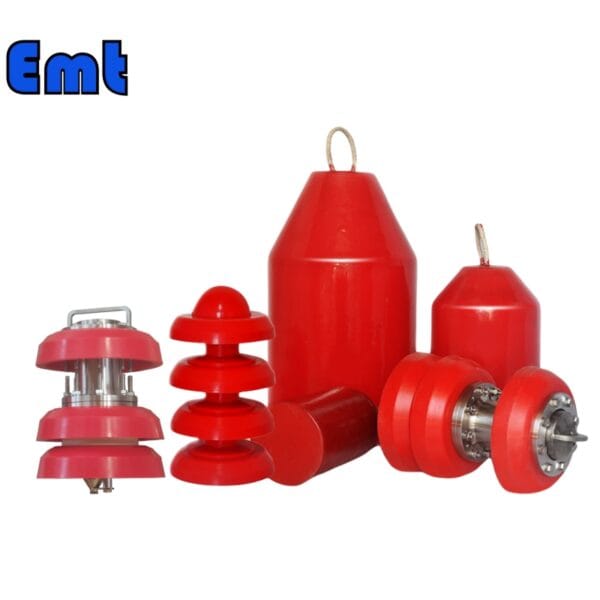
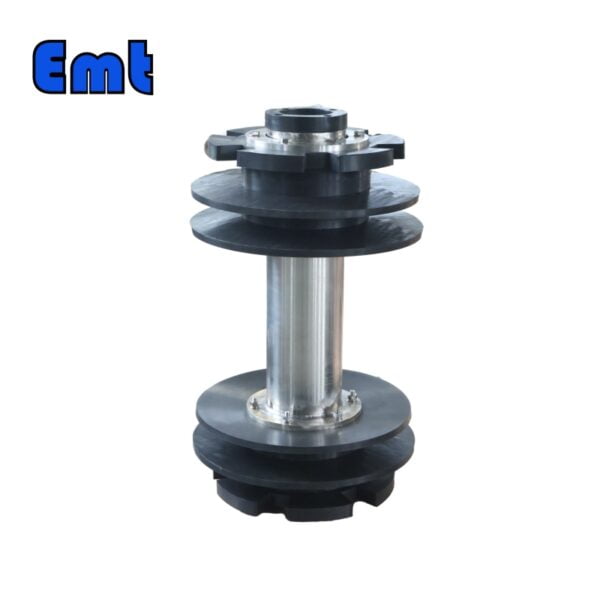
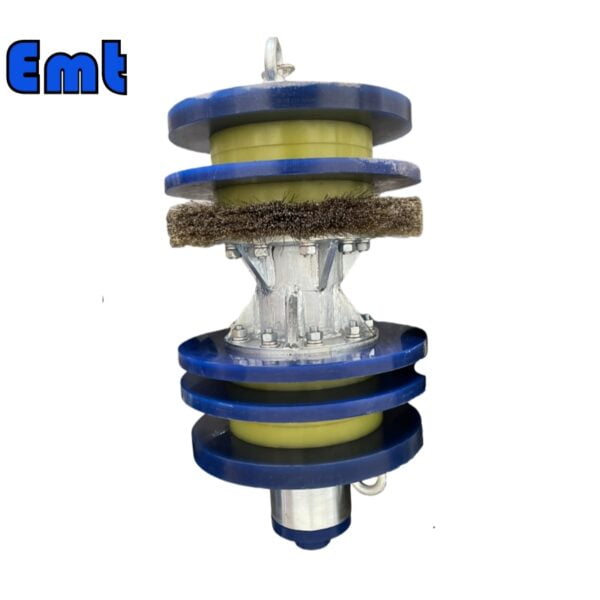
There are no reviews yet.